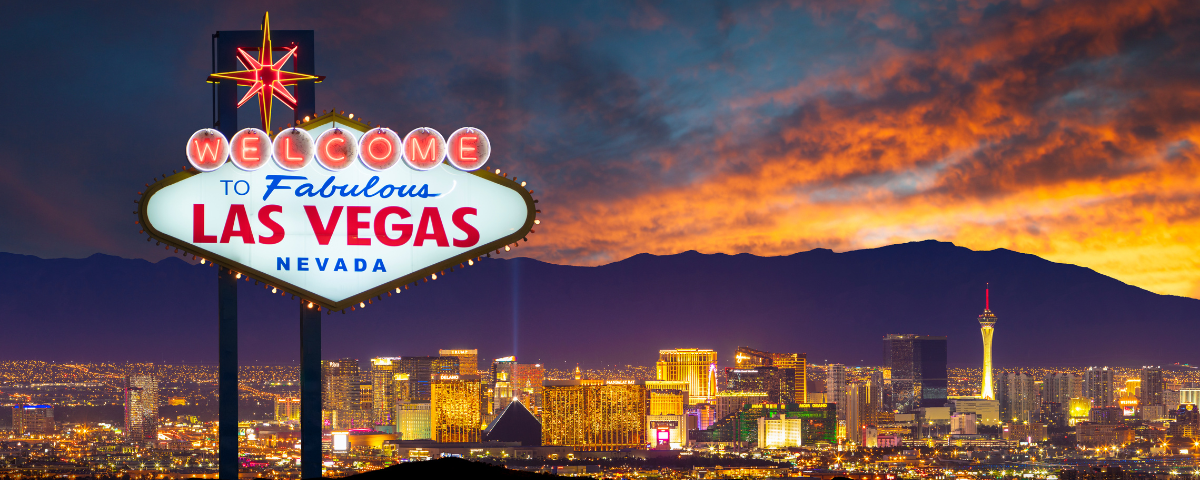In my post – “Your guide to the Virtual Experience Economy” I looked at what the term, Virtual Experience Economy actually means. It is far from straightforward.
And then it happened. I went to a wedding in Vegas and things became much clearer.
A couple of our close friends decided to tie the knot and they went to Vegas and were married in a chapel with no one other than the celebrant, a photographer, and a streaming company in attendance. No friends or family, just the two of them. This was what they wanted, and we cheered them on from across the globe.
When I say we, I mean everyone that had been invited to attend their wedding via the web stream. Being that I was in the UK, and they were in Vegas, there was the usual time difference to factor in and that resulted in their wedding being streamed at midnight my time.
Shopping Whilst Waiting
Armed with the web link, we logged on in readiness for the nuptials to begin. A simple video player appeared which gave us a countdown to going live for the ceremony. But, to pass the time we could look around the rest of the microsite.
We found gifts that we could buy from the couples’ wedding list, we found that we could ship champagne to their hotel at the press of a button and we also had a glimpse into other attractions nearby in Vegas. In other words, even if we hadn’t bought a wedding present, we could have done so there and then and they would have been none the wiser. And we were also able to explore what Vegas has to offer.
More importantly, this demonstrated what I had been looking for, the economy component of the Virtual Experience Economy. Had we bought anything, the money would have passed through several suppliers and some of it would have ended in Vegas. After all, local delivery to the happy couple would have been the end-stage. What is important is that any monies from us would not have been there had it not been for the virtual experience.
Virtually with You
Let’s put shopping and the economy to one side and consider the experience. The countdown to midnight arrived, the lights came on and the celebrant welcomed us to the wedding ceremony. We saw the bride and groom, both of whom looked amazing. And the celebrant warmly welcomed the virtual participants. Whilst we were watching the ceremony, we had numerous messages flying around between everyone else that was viewing, delighting in being part of the couple’s big moment.
The vows were spoken, the rings were exchanged and the ceremony (8 minutes from start to end) concluded. It was short but quite stunning.
And at the end of it, a whole 8 minutes, we felt “All Shook Up.” We had been whisked to Vegas, we had seen our friends get married and now we wanted to go and hug them. The experience had left quite an impact.
Combine that experience with the shopping excursion and to me this is a great example of what the Virtual Experience Economy is.
Let’s keep Sharing
The question is what examples do you have of virtual events that bring together the economy and the experience? The more we share, the more the term will become widely accepted and beneficial. The more we can embrace it, the more opportunities will develop and the better we will help our clients.
We don’t want the virtual experience economy to become a term no one goes near because it is not fully understood. The time to explore, refine and develop our thinking is now. Let’s use Vegas and move on to find other examples of what the Virtual Experience Economy is all about.

